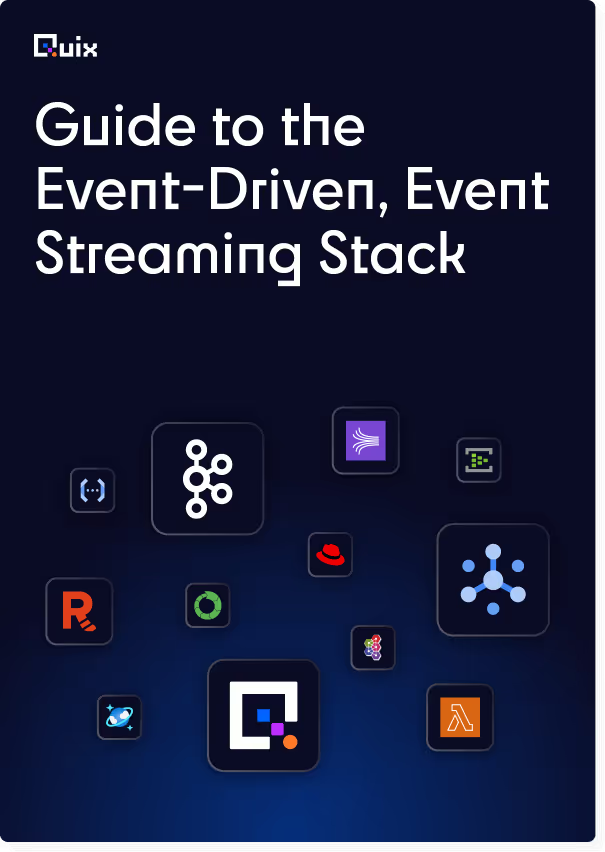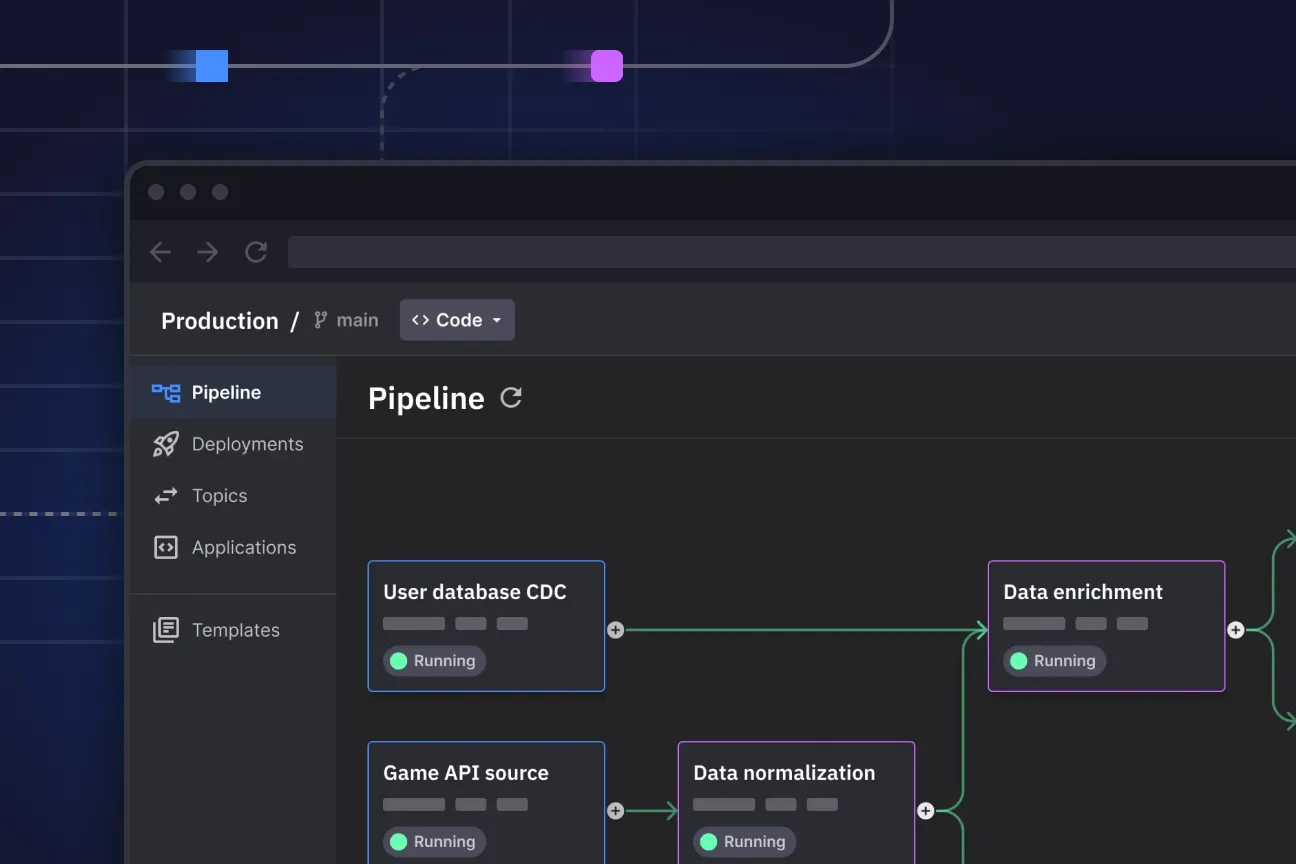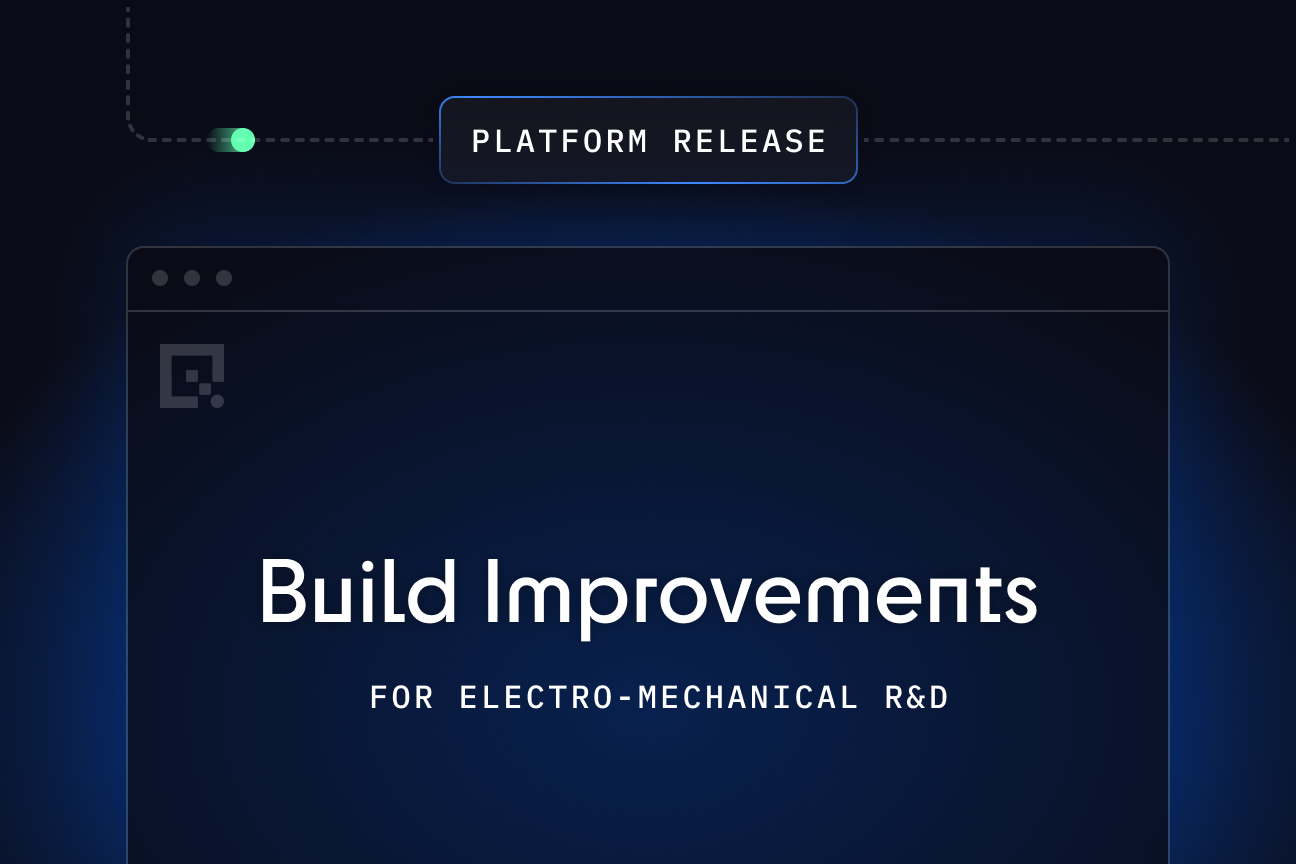Quix Streams Release 3.13.0
We are proud to announce the release of QuixStreams v3.13.0, with new features, enhancements, and bug fixes.

Announcing Quix Streams v3.13.0
We are proud to announce the release of QuixStreams v3.13.0, with new features, enhancements, and bug fixes. This release adds to our windowing capability, makes your life easier and adds the Elasticsearch sink.
Key Features and Enhancements
Flexible Windowed Aggregations
No! .agg() doesn’t mean we’re going to generate random aggravation, it actually makes things easier for you!
- Get full control over the output data structure.
- Support for aggregations on specific columns.
- Support for different aggregations on each column.
- Implement custom, re-usable, aggregations.
New ‘fill’ Method
Missing data and columns can cause significant issues and hamper debugging efforts. You can now automatically “fill” the schema of incoming data to match the expected input. Say you’re expecting fields `X`, `Y` and `Z` but you only receive `X` and `Y`, well, now you can tell Quix Streams to automatically create the `Z` field and populate with with `None` (default) or your desired default value.
Elasticsearch Sink
The QuixStreams now supports sinking data to Elasticsearch. This has been one of our most requested integrations and we have finally completed it. Let us know what you think in Slack.
Bug Fixes
This seems like a no brainer! Check if a topic exists before creating it. 🤯Apparently we missed the memo. But we’re all caught up now and you won’t have to worry about it again because our automated test suite will do all the worrying and suffer all the hair loss on this one.
Other Stuff
As usual, all these changes also come with updated documentation and we upgraded some dependencies too.
Try QuixStreams v3.13.0 Today!
QuixStreams v3.13.0 is now available, and we encourage you to explore the new features and improvements. Whether you're a developer building data-driven applications or an operator managing complex data problems, this release offers significant enhancements to assist you. For a complete list of changes, check out the release notes and start leveraging the power of QuixStreams v3.13.0 in your projects today!

Check out the repo
Our Python client library is open source, and brings DataFrames and the Python ecosystem to stream processing.

Interested in Quix Cloud?
Take a look around and explore the features of our platform.

Interested in Quix Cloud?
Take a look around and explore the features of our platform.

.svg)





